Once upon a time, the Disney movies eras began with the brother duo of Walt and Roy Disney; they began to develop animated shorts for the Winkler Productions studio.
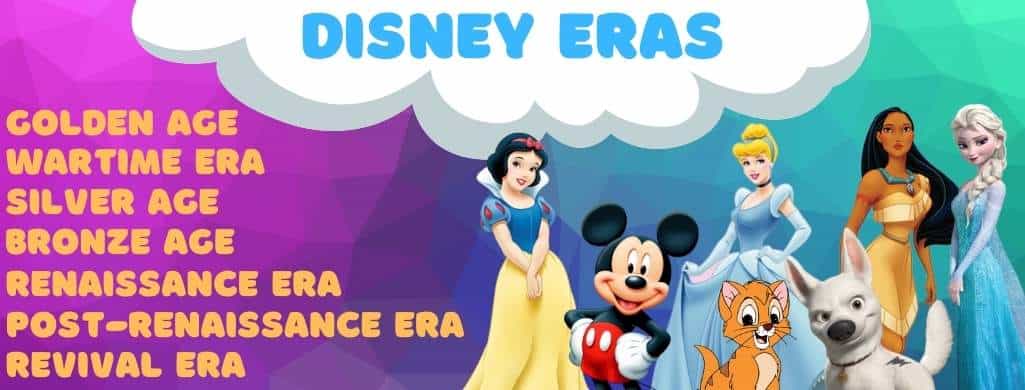
In 1928, Walt Disney Company formed its studio and animation company, Walt Disney Animation Studios. He abandoned his previous creation to make way for Mortimer Mouse, who was later renamed Mickey.
The secret to Disney’s enormous success was his constant search to improve his work, reinventing classic techniques or adapting new ones to his recent short films.
Disney Film Eras Explained
Walt Disney animation studios have been on the market for almost 97 years. Throughout the Disney ages, they have not always experienced festive seasons.
Walt Disney had problems like any other, including economic losses, loss of public interest, and even military conflicts.
For this reason, the studio’s various animated films were separated into different Disney movie eras. We will then show you each one from 1937 to 2021. Below, you will find the Disney eras explained.
Among the most outstanding Disney movie eras, we can find many cute Disney Characters, Disney couples, best friends, and all the Disney Princess names. Which Eras have your favorites? Enjoy exploring the ages of Disney.
Disney Golden Age Movies – (1937-1942)
Disney had already become one of the country’s most successful animators. His shorts developed a whimsy of their own, combining the look of color cinema and the Silly Symphonies.
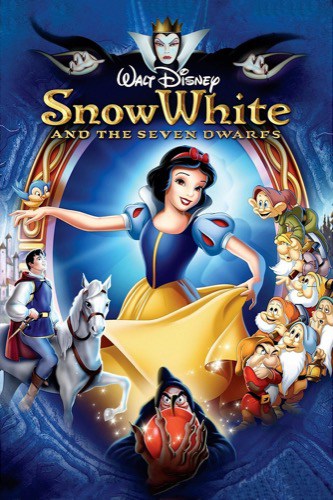
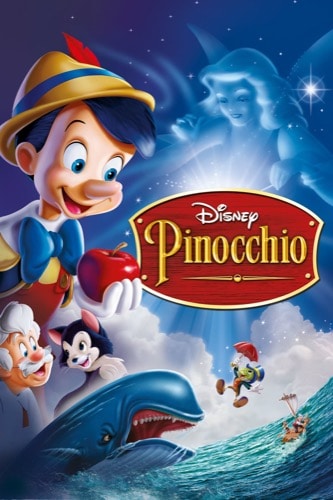
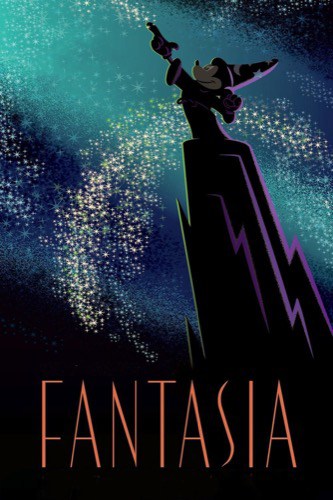
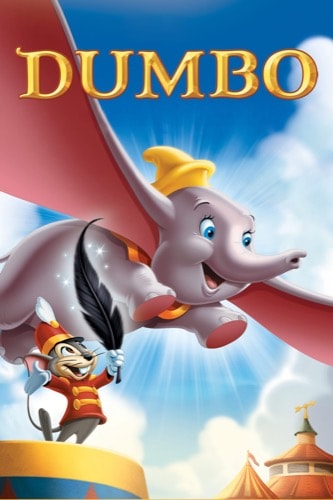

- Snow White and the Seven Dwarfs (1937): The first animated feature film and the first animated work to use the multiplane camera to create an illusion of three-dimensionality featuring the famous 7 dwarfs names.
- Pinocchio (1940): The first animated feature film to win two Academy Awards in the best soundtrack and original song categories.
- Fantasia (1940): This was an experimental Disney project in which musical segments were animated using different classical music pieces; its premiere was a failure.
- Dumbo (1941): Dumbo was a film designed to recoup the failed investment of Fantasia; therefore, to this day, it is one of the most superficial Disney films.
- Bambi (1942): This was the first Disney film to include a story centered on a talking animal.
Disney Wartime Era Movies – (1943-1949)
In this era, the United States had joined the war and many artists enlisted in the military. This is why the films of this Disney era were mostly anthologies, to reduce production costs.
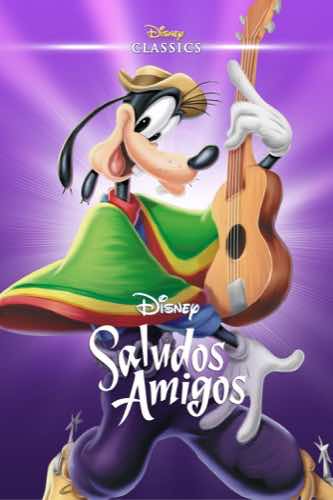
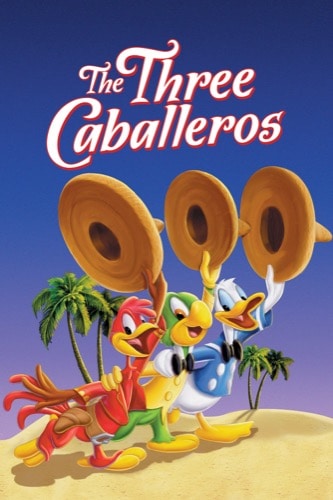

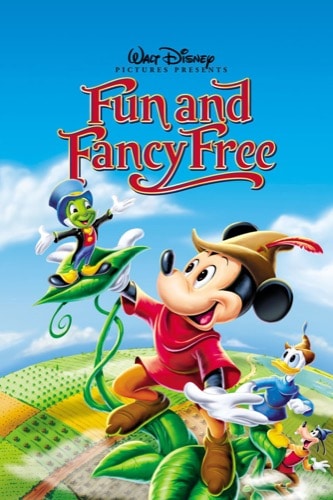
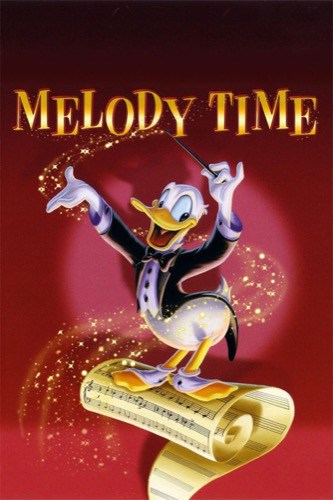
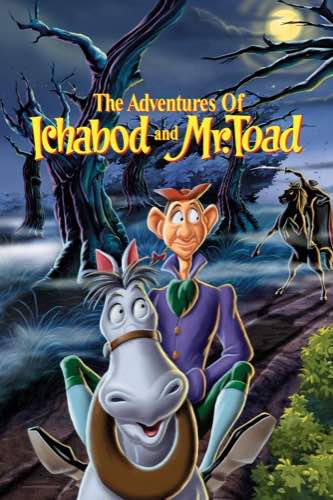
- Saludos Amigos (1943): A four-part movie that includes live-action and animation highlighting Latin America. The film portrayed well-dressed citizens and tall skyscrapers, which surprised the American audience.
- The Three Caballeros (1944): A live-action and animated musical film about Latin America to follow up Saludos Amigos. The film is packaged together in a goodwill message attempt for neighboring Latin America.
- Make Mine Music (1946): This collection of songs and animation was considered part of the wartime propaganda and training package of films.
- Fun and Fancy Free (1947): A two-part movie about a circus bear named Bongo and a retelling of Jack and the Beanstalk with Mickey, Donald, and Goofy.
- Melody Time (1948): The fifth package film made up of animation and several popular songs, similar to Make Mine Music released earlier.
- The Adventures of Ichabod and Mr. Toad (1949). It adapts two literary classics: The Wind in the Willows, Kenneth Grahame, and The Legend of Sleepy Hollow, by Washington Irving.
Disney Silver Age Movies (1950-1967)
Also known as the postwar era or the Disney era of restoration, it is characterized by a return to large productions and a high degree of innovation on a visual level.
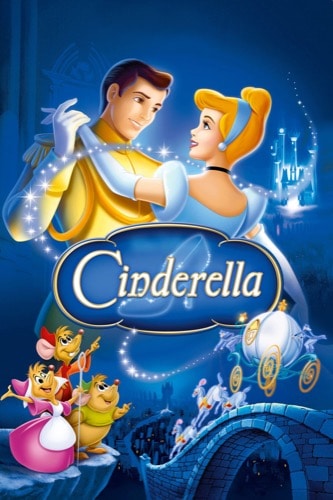
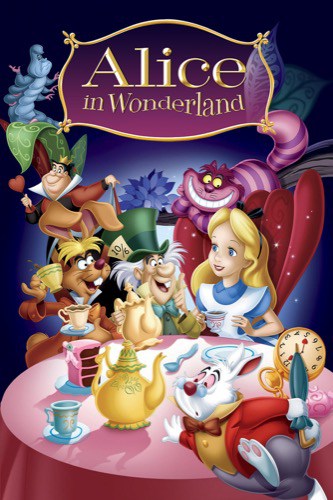
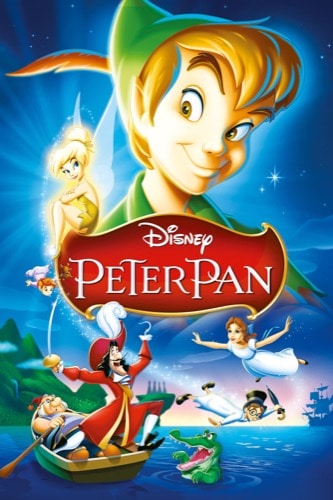
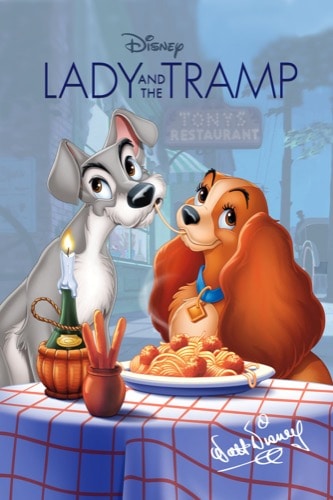
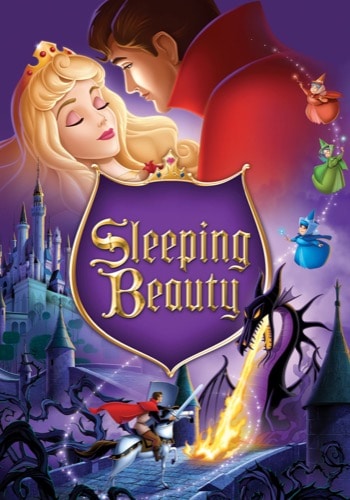
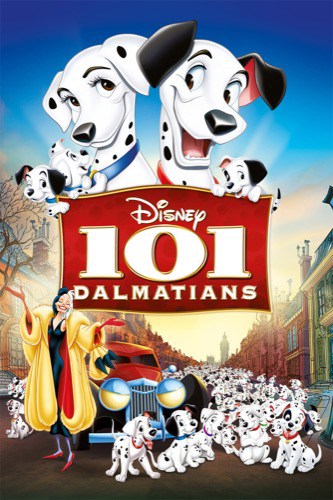
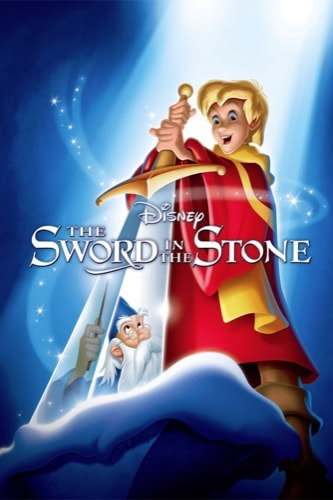
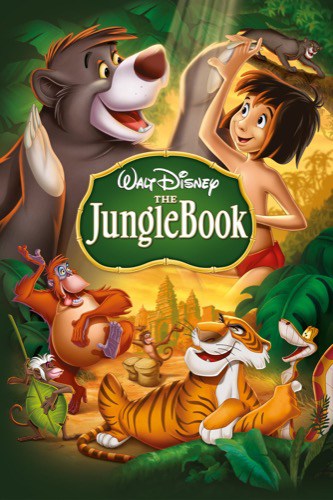
- Cinderella (1950): Cinderella was the first movie to have exact details and an anatomical study, so the characters’ movements were very realistic.
- Alice in Wonderland (1951): Originally, this film would be made with real actors and animation; this film presents a good balance with different styles and drawn characters.
- Peter Pan (1953): The famous movie Peter Pan involved the 9 “original” animators who started and made the Walt Disney Animation Studios empire.
- Lady and the Tramp (1955): This is the first Disney animated film produced in CinemaScope anamorphic format.
- Sleeping Beauty (1959): This famous film used a color palette with an emotional, dramatic purpose, which caused an aesthetic similar to a painting.
- One Hundred and One Dalmatians (1961). This film was produced using the Xerox process to copy multiple images representing the Dalmatian puppies.
- The Sword in the Stone (1963): This movie is iconic because it was the last movie to hit the market before Walt Disney’s death in 1966. Despite its poor reception from critics, it was a box-office success.
- The Jungle Book (1967): Disney’s fall after Walt’s death caused several complications for this film, and animation designs that appeared in other works had to be rejected.
Disney Bronze Age Movies (1970-1988)
This was a time of plot experimentation in which classic tales were avoided.
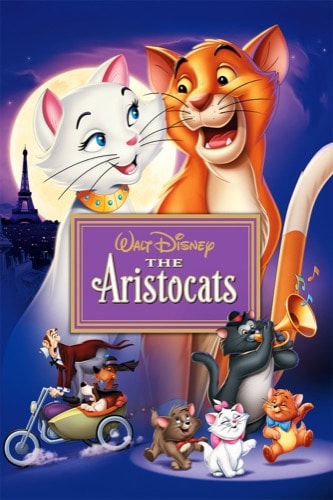

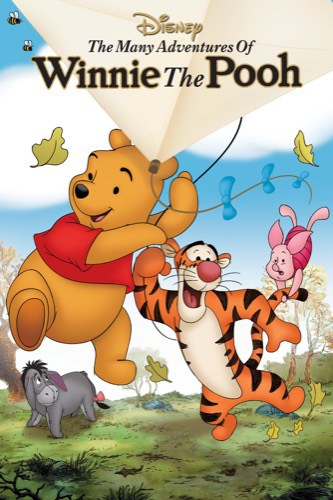
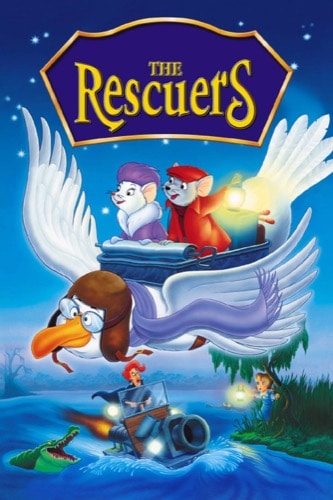
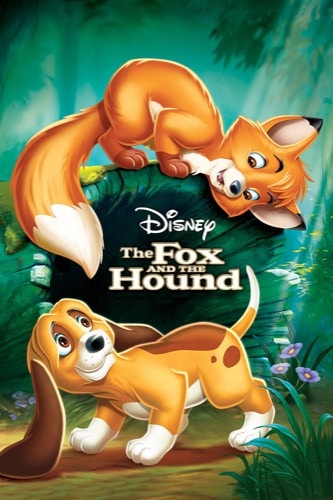
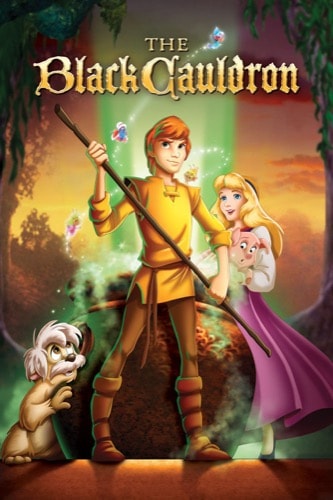

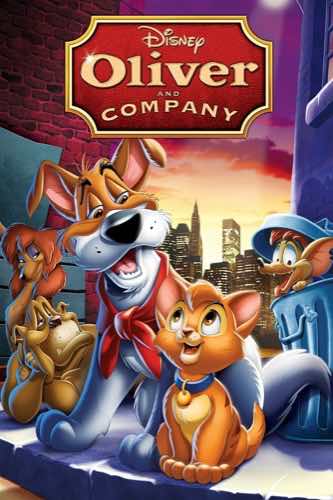
- The Aristocats (1970): A musical comedy about a family of aristocratic cats that befriend an alley cat and team up to save the family fortune after a kidnapping.
- Robin Hood (1973): Brave and generous citizens of Nottingham fight back against Prince John’s escalating taxes to steal from the rich and give back to the poor.
- The Many Adventures of Winnie the Pooh (1977): This was the last film in which Walt was personally involved. This film arose from a meeting of various short films gathered in a film.
- The Rescuers (1977): The Rescue Aid Society saves orphans from all over the world. Two mice set out to rescue an orphan girl who is being held prisoner.
- The Fox and the Hound (1981): This was one of the most expensive Disney movies. Many consider it one of the best Disney movies in which Walt Disney himself did not participate.
- The Black Cauldron (1985): Based on a series of books, it was planned to be the first in a series of films. However, it is considered one of Disney’s biggest failures.
- The Great Mouse Detective (1986): This film’s box office success allowed Disney to begin producing Amblin and Who Framed Roger Rabbit.
- Oliver and Company (1988): This is a free adaptation of Oliver Twist, by Charles Dickens, set in the 80s.
Disney Renaissance Era Movies – (1989-1999)
Around this time, Disney returned to its roots and adapted classic fairy tales to animated films. The songs and the simple plot structures returned, adorned with techniques learned in the Bronze Age.
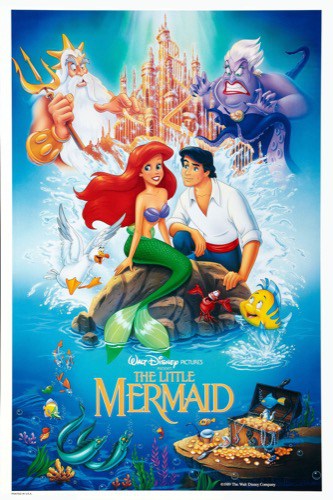
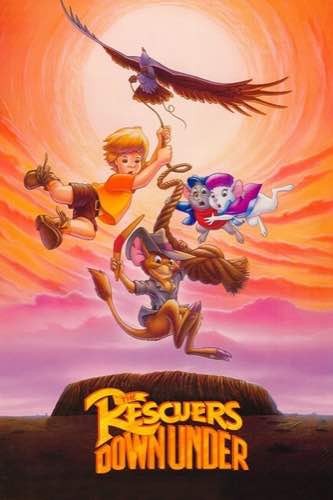
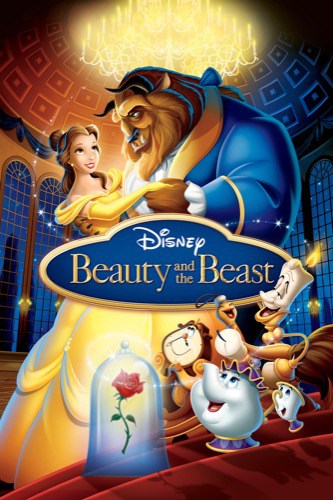
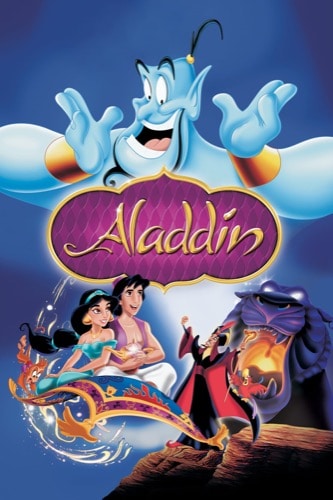
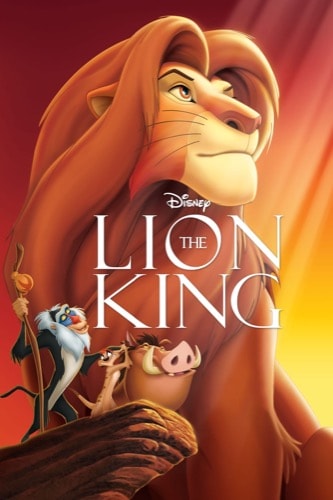
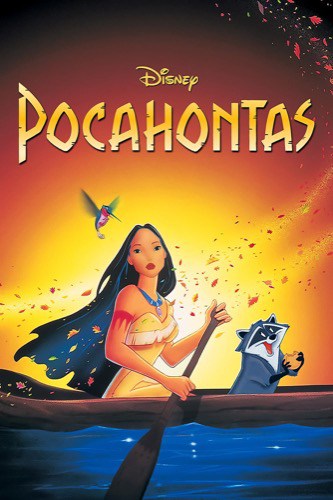
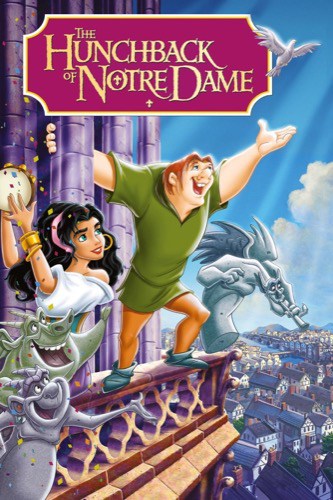
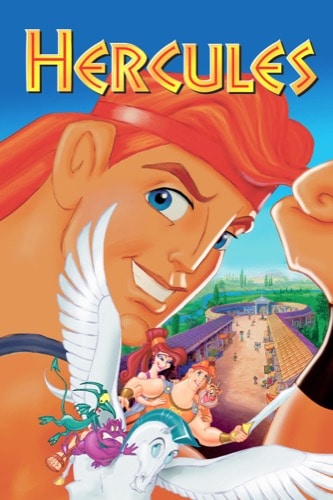
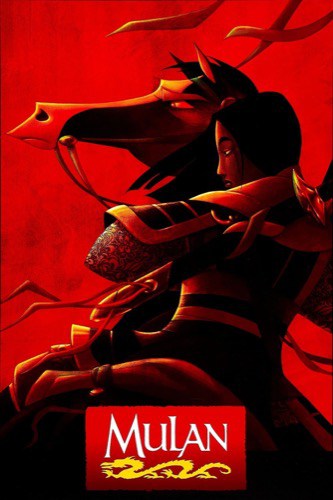
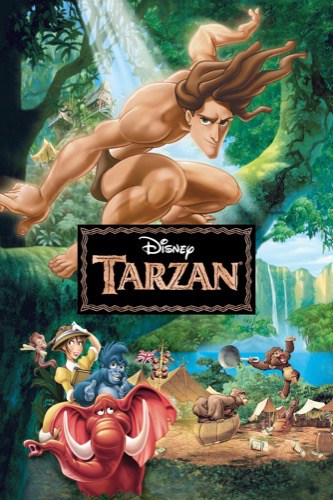
- The Little Mermaid (1989). Alan Menken’s music made the film enormously successful, opening the doors for Disney to enter the field of musical theater.
- The rescuers from Down Under (1990). This was Disney’s first sequel to a feature film. This is the continuation of The Rescuers.
- Beauty and the Beast (1991): This is Disney’s first film to include digitally created scenes and segments to create the illusion of an actual shoot.
- Aladdin (1992): The success of this incredible film spawned DisneyToon Studios, which were responsible for creating the various direct-to-video sequels of Aladdin and many other Disney works.
- The Lion King (1994): The Lion King was one of the Disney projects that spent the most time in pre-production. This started in 1988 and ended in 1994.
- Pocahontas (1995): This film is much appreciated for its incredible music and beautiful aesthetics despite its historical contradictions.
- The Hunchback of Notre Dame (1996). This movie is considered one of Disney’s darkest regarding torture, religious persecution, lust, and genocide.
- Hercules (1997): Despite being one of the least successful films of its time, Hercules is an incredible film that perfectly mixes Greek mythology, musical theater, and comedy.
- Mulan (1998): Mulan was the first film to be entirely produced at Walt Disney Feature Animation Florida, where only a few minutes of each film were usually animated.
- Tarzan (1999) was an exceptional movie because it was the first musical. Phil Collins composed and interpreted the music.
Disney Post-Renaissance Era Movies – (1999-2009)
In this Disney era, most films changed the plot and visual styles to create stories touching on family, personal growth, and the search for one’s identity.
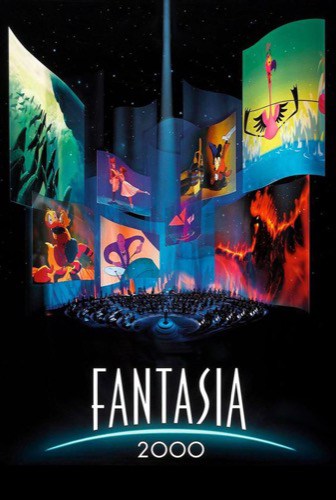
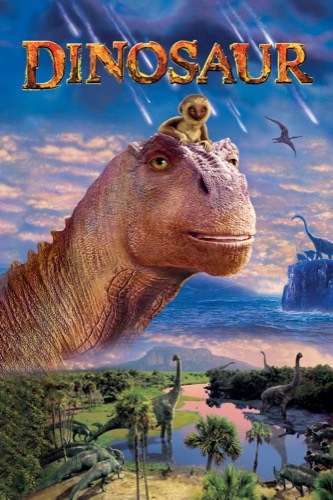
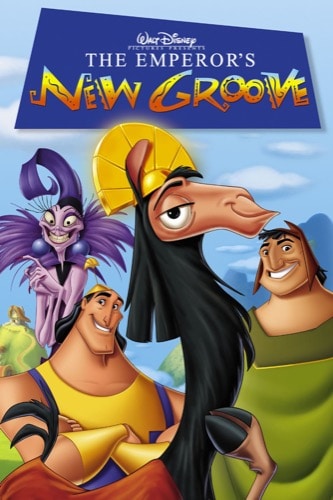
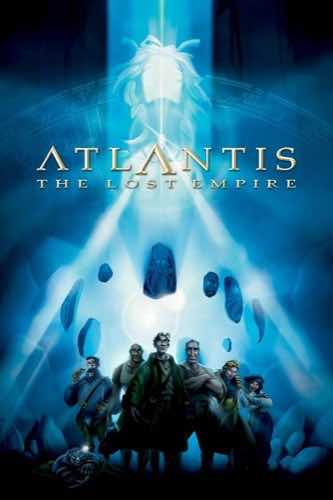

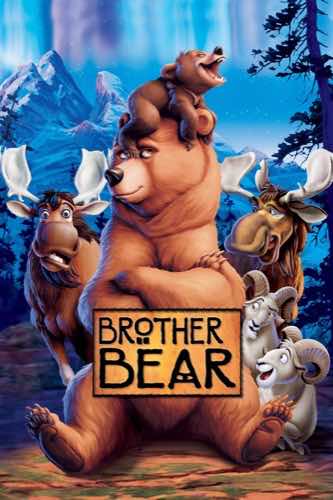
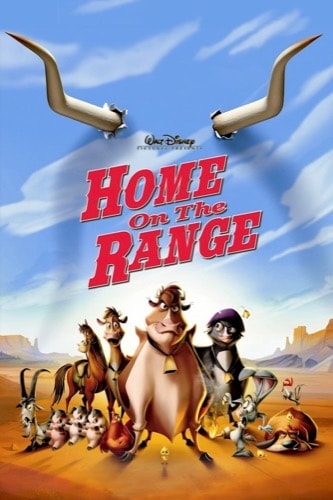
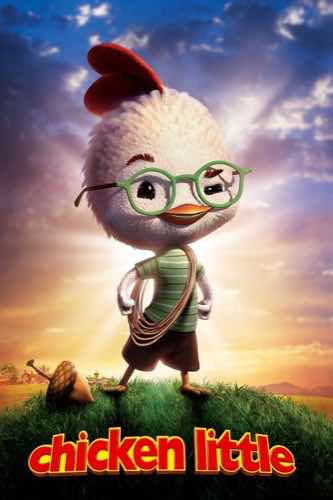

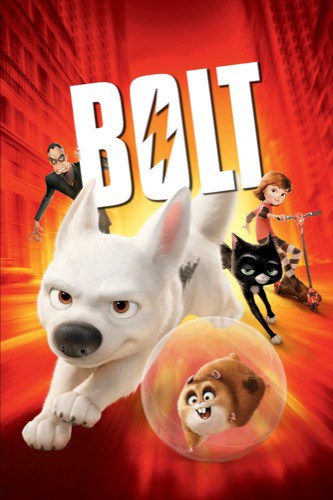
- Fantasia 2000 (1999): Similar to Fantasia, this film shows several animated segments of classical music introduced by celebrities.
- Dinosaur (2000): This was the first Disney film to be shot in real locations and digitally generated prehistoric animals.
- The Emperor’s New Groove (2000): This movie was initially intended as an epic adventure. However, it was decided that this would have more humor and meta-comedy.
- Atlantis: The Lost Empire (2001): A young man discovers a book of secrets that leads him and a small group to try to find the lost city of Atlantis.
- Lilo and Stitch (2002): This story about a girl and her friendship with an alien owes its success to its distinctive featureless graphic style and watercolor backgrounds.
- The Treasure Planet (2002). This film was truly innovative as it introduced a process called Virtual Scenarios, in which a 360º environment is generated for the animated characters to interact.
- Brother Bear (2003): This was the last traditional animated film produced only at Walt Disney Feature Animation Florida, then closed for digital animation.
- Home on the Range (2004): Three cows and a group of farm animals pull together to a bad cattle rustler and save their farm from foreclosure.
- Chicken Little (2005), the studio’s first animated film in 3D digital format, was an incredible success at the box office.
- Meet the Robinsons (2007): An orphan child inventor attempts to use his wits and genius to locate his birth parents.
- Bolt (2008). Critics celebrate this film and consider it an essential part of the next era of Disney animation. However, it did not do very well at the box office.
Disney Revival Era Movies – (2009 to 2021)
In the current Disney era, the study focuses on using all the techniques learned during the past to implement them in more classical works of the first Renaissance, but with a current vision.
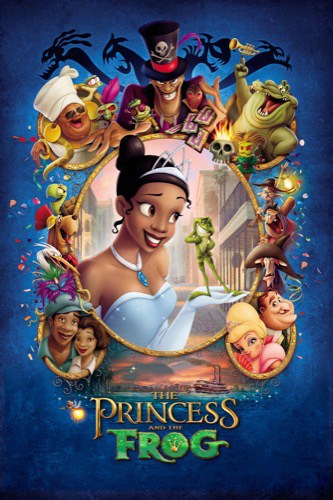
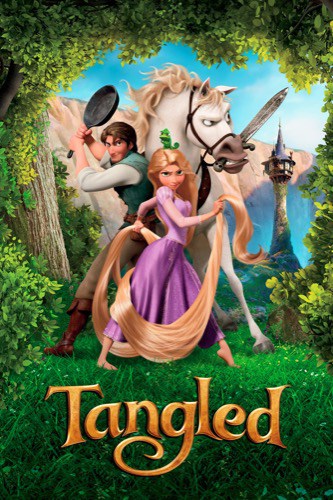
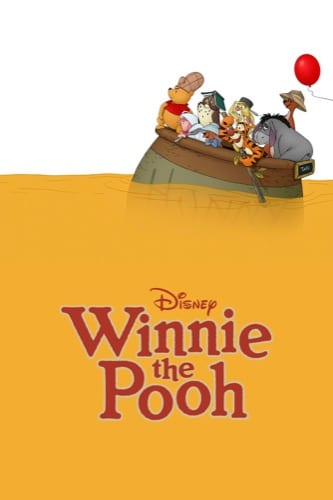
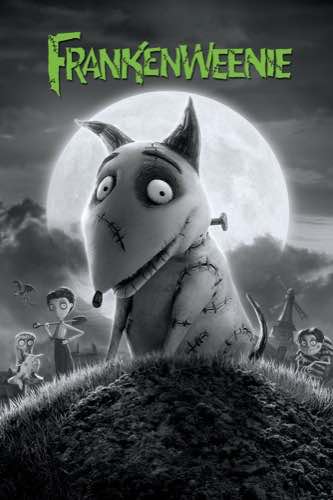
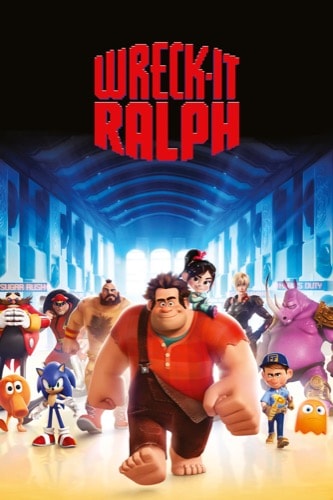
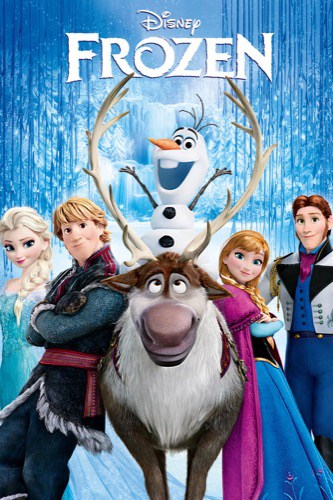
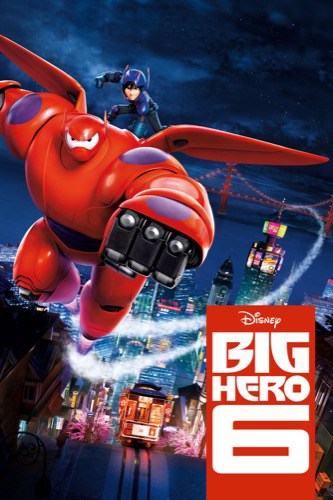
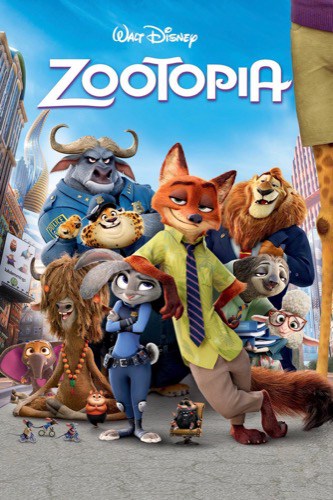
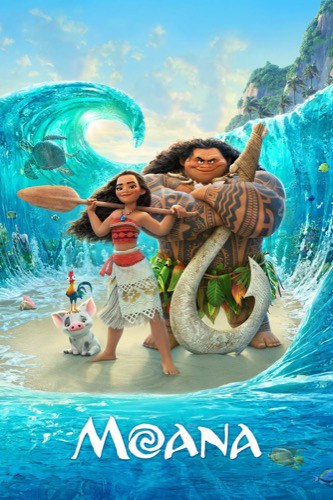
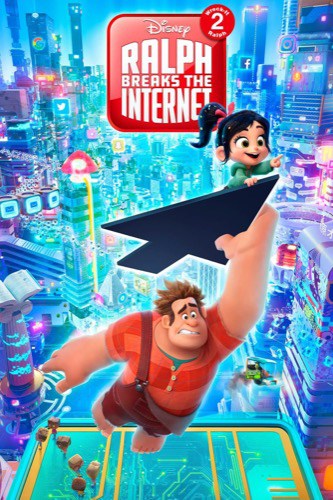

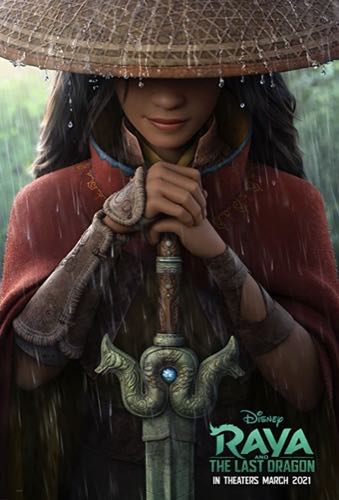
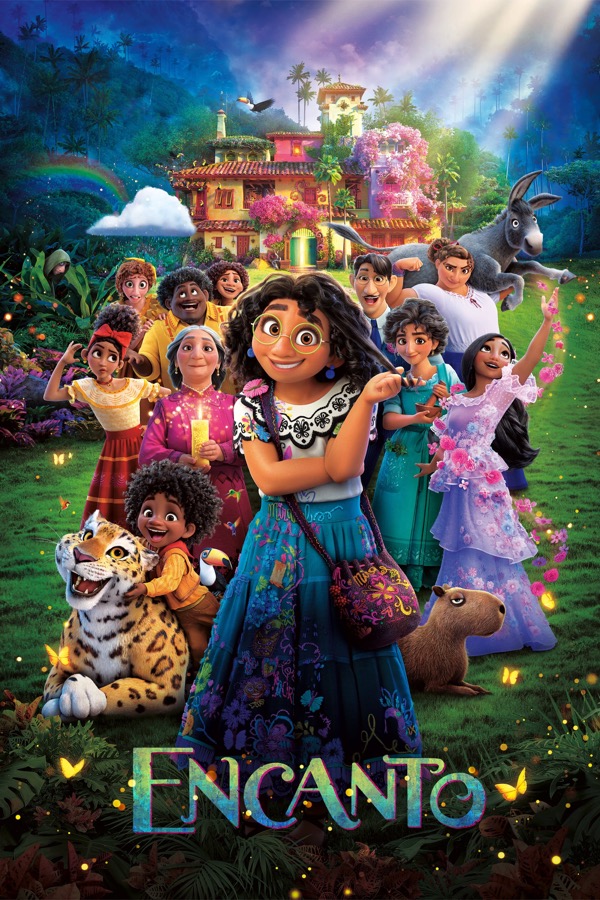
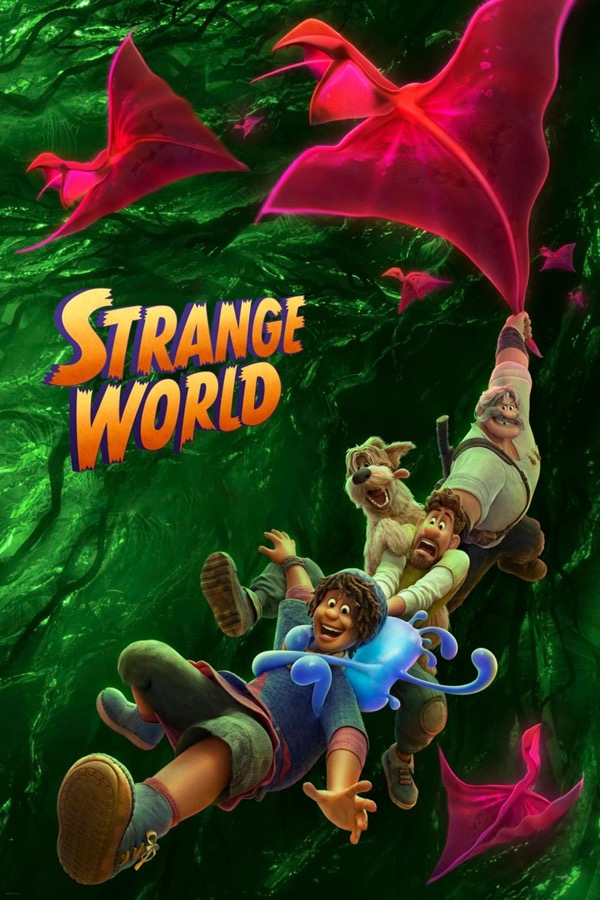
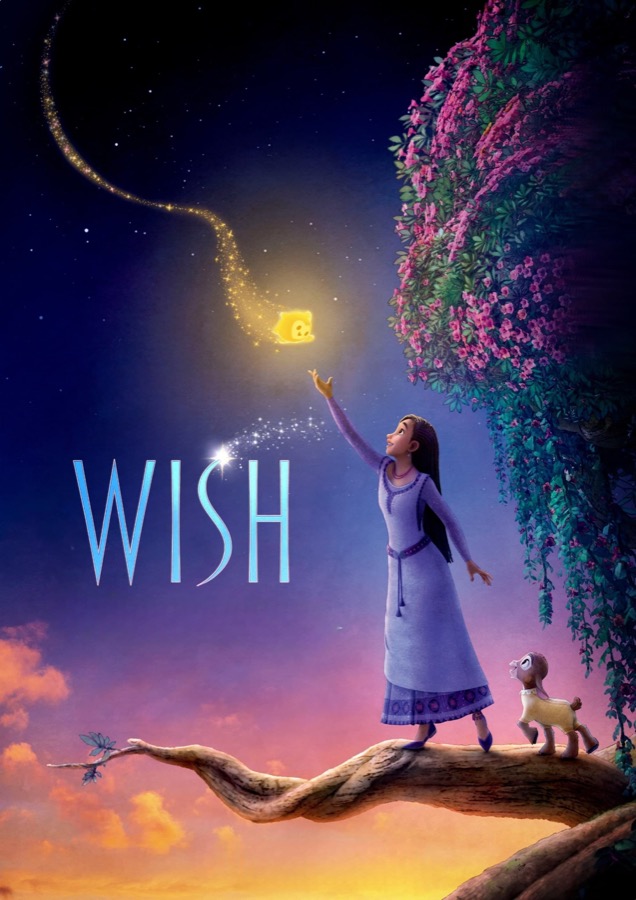
- The Princess and the Frog (2009): This film uses traditional animation to reinvent a classic fairy tale. It stars African-Americans and settles in New Orleans.
- Tangled (2010): The film, which was in production for six years, cost 260 million dollars and is the most expensive animated film.
- Winnie the Pooh (2011): Pooh and his close friends set out on an adventure to save Christopher Robin and enjoy Pooh’s favorite food along the way, honey.
- Frankenweenie (2012): A Tim Burton film about a boy who attempts to bring his dog back to life after an unfortunate accident.
- Wreck-It Ralph (2012): A video game villain decides he is tired of being the bad guy and instead ventures out to become a hero.
- Frozen (2013): Family and friends track down the fled princess with magical icy powers to try to save the kingdom from eternal winter.
- Big Hero 6 (2009): Once Disney bought Marvel, I looked to reinvent some of the publisher’s characters to create a heroic animated universe that matches the MCU.
- Zootopia (2016): This movie touched on current issues, such as gender equality, and much older issues, such as racism and prejudice.
- Moana (2016): The ocean chooses a young island princess to return a magical relic gem to the goddess Te Fiti to save her tribe.
- Ralph Breaks the Internet (2018): Ralph tries to help his good friend Vanellope
- Frozen II (2019): Anna, Elsa, and her friends go on an adventure to an enchanted forest to discover the origin of Elsa’s powers and what happened with her parent’s past.
- Raya and the Last Dragon (2021): Raya goes on a quest to find the last dragon and learn to trust and save her people.
- Encanto (2022): The story revolves around a gifted family called the Madrigals, who live hidden in the mountains of Colombia in a magical house in a vibrant town in a wondrous, charmed place called Encanto.
- Strange World (2022): This action-packed comedy adventure introduces audiences to three generations of the legendary Clade family who explore a Strange World.
- Wish (2023): Wish is an upcoming American animated musical fantasy film produced by Walt Disney Animation Studios movies and set to be released by Walt Disney Pictures on November 22, 2023.
The first Disney movie marked the beginning of Disney’s golden age and laid the foundation for the subsequent eras of Disney animation.
Many wonder, “What was the first Disney movie?” Well, it was none other than “Snow White and the Seven Dwarfs,” a timeless classic that kick-started the illustrious Disney eras collection.
During the golden age of Disney, a series of remarkable films were produced, captivating audiences of all ages. These golden age Disney movies became iconic and set the standard for future Disney films by age.
The evolution of Disney film eras has undoubtedly left a profound impact on animation, providing enchanting tales cherished by people worldwide.